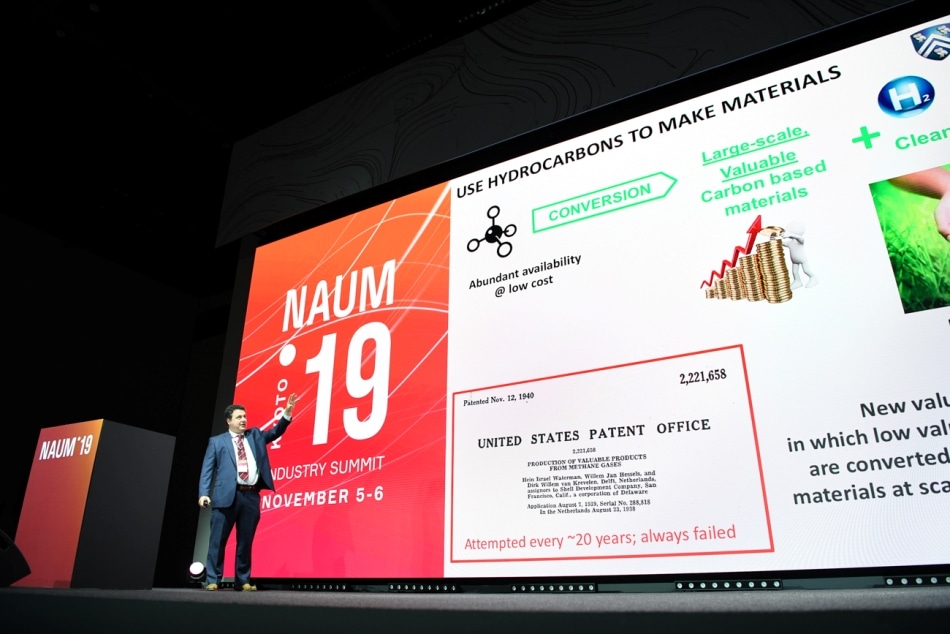Nov 22 2019
Graphene nanotubes, also known as single wall carbon nanotubes, offer a more energy-efficient alternative and provide the solution to developing next-generation materials and products that are stronger, lighter and more durable.

These materials dramatically reduce the СО2 emissions throughout the whole life cycle of a product: during its manufacturing, transportation, use and recycling. “Single wall carbon nanotubes are the key to a comfortable life for humanity in the future,” said Shinshu University Professor Morinobu Endo, one of the pioneers of the discovery of carbon nanotubes at NAUM’19 in Kyoto, where 20 years ago the world's most important climate-change protocol was adopted. “They have proved to have fantastic properties and performance compared with all the other nanomaterials discovered over the last century.”
“Could we break the current inefficient materials–energy cycle and replace metals with materials made directly from hydrocarbons?” asked Matteo Pasquali, Rice University Professor of Chemical Engineering and Chemistry. “Single wall carbon nanotubes offer this opportunity. Recently developed methods to convert nanotubes’ properties, such as strength and electrical and thermal conductivity, into macroscopic materials enables these materials to displace metals. These tiny tubes are an excellent candidate to make materials with zero CO2 footprint, subject, of course, to associated improvements in production efficiency and increases in scale.”
Trelleborg Applied Technologies Innovation Leader Adam Nevin said, “Our company is in the process of developing thermoplastic nanocomposites for new recycling pathways using graphene nanotubes. This solution can dramatically help to change the world regarding sustainable development.”
Following up on the issue of material recyclability, Ari Rosling, Arctic Biomaterials R&D Director, raised a topic that is of the utmost importance right now – the challenge of developing biodegradable plastics. “There is growing interest in biodegradable plastics being used in a vast range of applications due to the special emphasis on environmental issues right now. And we can achieve this by creating biodegradable compounds and composites with TUBALL nanotubes.” The Japanese innovation company Renaisis also discussed how they are contributing to sustainability by developing cheap and safe Li-ion batteries electrodes made of waste tires with the help of graphene nanotubes.
Yury Koropachinskiy, OCSiAl President and Co-founder, addressed the future of mobility, which will depend to a great extent on advances in materials technology. “The key to staying competitive in the future market is to make energy-efficient products. Today we are witnessing all the successful results achieved by global companies who are demonstrating the ability of graphene nanotubes to accept this challenge and accordingly our mission is to change all the materials in the world and make it a better place.”